Over the past decade, remote work has experienced a significant surge in popularity, offering individuals the freedom and flexibility to work from the comfort of their own homes. This shift has been further amplified by the emergence of hybrid lifestyles, which combine remote and in-person work, allowing individuals to strike a balance between professional and personal commitments.
Creating effective multifunctional spaces requires careful consideration of various design principles that balance functionality, aesthetics, and productivity. These principles serve as guidelines for interior designers and homeowners alike, ensuring that the space can adapt to the changing needs and activities of its occupants.
In this article, we will delve into the evolving trend of adapting homes for remote work and hybrid lifestyles, shedding light on the design principles and practical considerations that underpin the creation of these versatile spaces.
1- Remote Work and Hybrid Lifestyles
The advent of technology and changing work dynamics have allowed individuals to work remotely, blurring the boundaries between the office and the home. Remote work offers flexibility and autonomy, allowing people to choose where and when they work. Hybrid lifestyles, a combination of remote and in-person work, have also become prevalent, offering a balance between the traditional office environment and the comforts of home.
2- Work and Home Integration
The integration of work and home life presents both opportunities and challenges. On one hand, it allows for a more flexible and personalized work environment. On the other hand, it requires careful consideration to maintain work-life balance, productivity, and privacy. Designing multifunctional spaces that cater to both professional and personal needs is essential for adapting homes to these hybrid lifestyles.

3- Design Principles for Multifunctional Spaces
3.1 Flexibility and Adaptability
Multifunctional spaces should be designed with flexibility and adaptability in mind. This involves the use of modular furniture, movable partitions, and convertible surfaces that can easily transform the space to accommodate different activities and needs. By incorporating elements that can be rearranged or reconfigured, homeowners can seamlessly transition between work and leisure areas, optimizing the functionality of their living spaces.
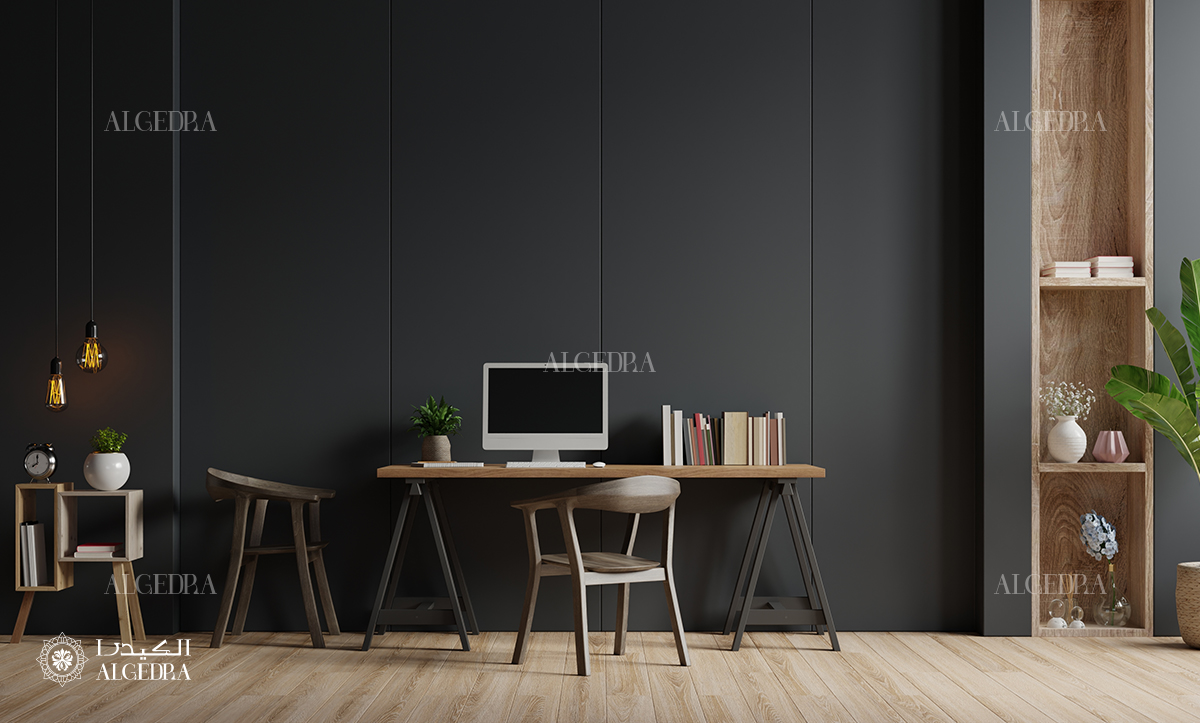
3.2 Zoning and Separation
Effective zoning and separation within multifunctional spaces are crucial for maintaining order and privacy. Designers can achieve this through the use of dividers, screens, or strategically placed furniture to create distinct areas for work, relaxation, and other activities. By clearly defining these zones, individuals can mentally and visually separate their work and personal life, reducing distractions and promoting focus and productivity.

3.3 Natural Light and Greenery
Access to natural light has a significant impact on well-being, productivity, and mood. When designing multifunctional spaces, it is important to maximize natural light by incorporating ample windows, skylights, or glass partitions.

This not only enhances the aesthetics of the space but also improves the overall work environment. Additionally, integrating greenery such as indoor plants or living walls brings a touch of nature indoors, creating a soothing and rejuvenating atmosphere.
3.4 Ergonomics and Comfort
Creating a comfortable and ergonomic work environment is essential for long hours of productivity and well-being. Ergonomic principles should be considered when selecting furniture and designing workstations within multifunctional spaces.
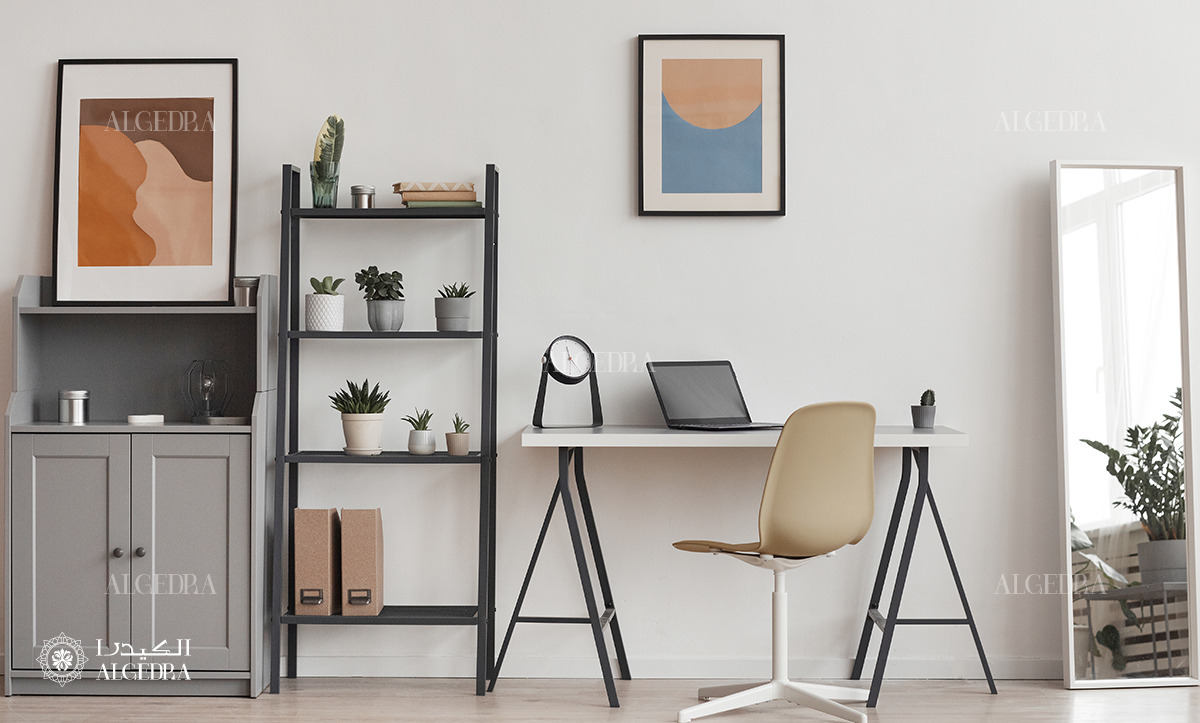
Adjustable desks, supportive chairs, and proper lighting are just a few elements that can contribute to a healthy and comfortable workspace. By prioritizing ergonomics, homeowners can reduce the risk of musculoskeletal issues and optimize their work performance.
4- Practical Considerations for Hybrid Lifestyles
4.1 Connectivity and Technology
With remote work being a key component of hybrid lifestyles, a reliable and high-speed internet connection is essential. Designing multifunctional spaces with easy access to Wi-Fi and incorporating dedicated technology infrastructure ensures seamless connectivity for virtual meetings, online collaboration, and other work-related tasks.
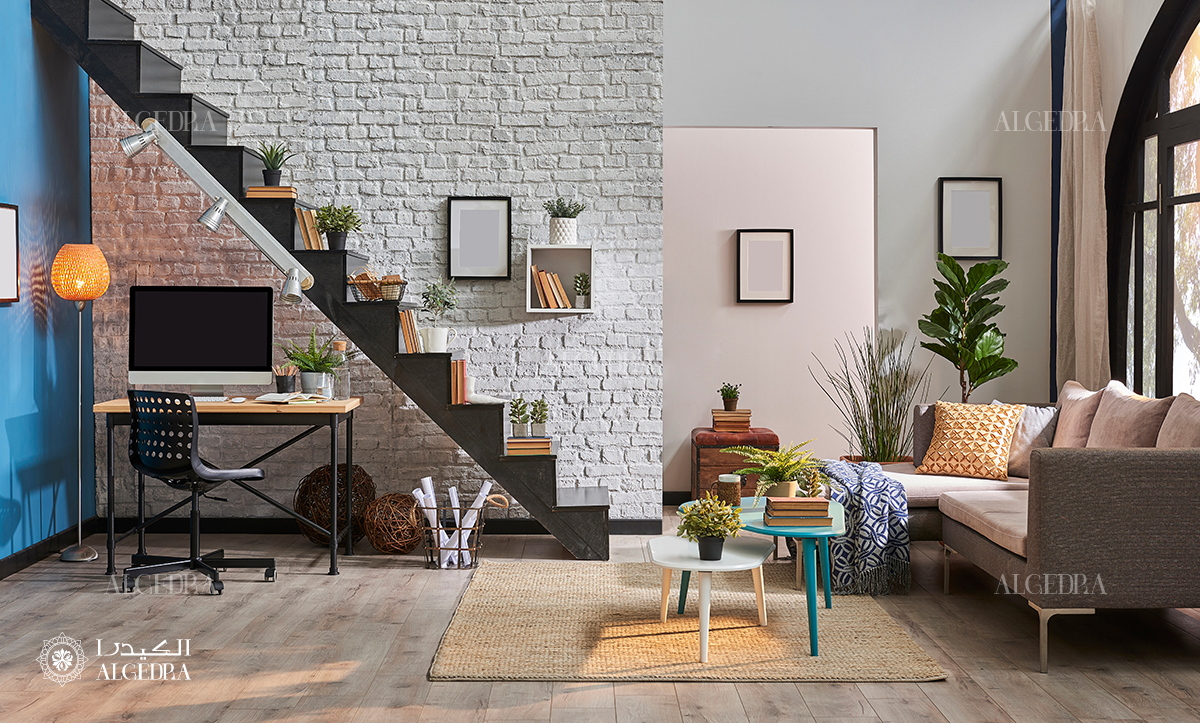
Furthermore, incorporating charging stations and integrated cable management solutions can help declutter the space and maintain a tidy and organized work area.
4.2 Smart Storage Solutions
Effective storage solutions play a crucial role in maintaining an organized and functional multifunctional space. Designers can integrate smart storage options, such as hidden compartments, built-in shelving, or multipurpose furniture with concealed storage, to maximize space utilization. Ample storage ensures that essential work and personal items are easily accessible yet neatly stored away, promoting a clean and clutter-free environment.
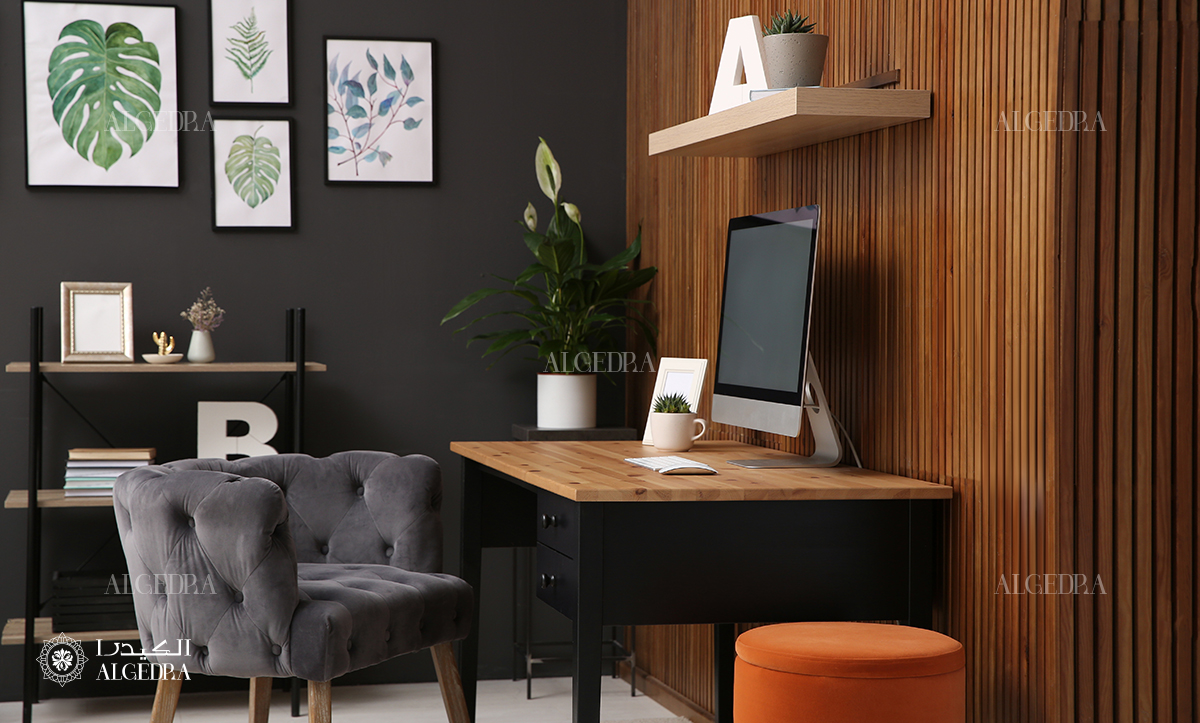
4.3 Acoustic Considerations
Creating a quiet and acoustically pleasant environment within multifunctional spaces is important for maintaining concentration and productivity. Designers can incorporate acoustic panels, sound-absorbing materials, or rugs to minimize noise disturbances.
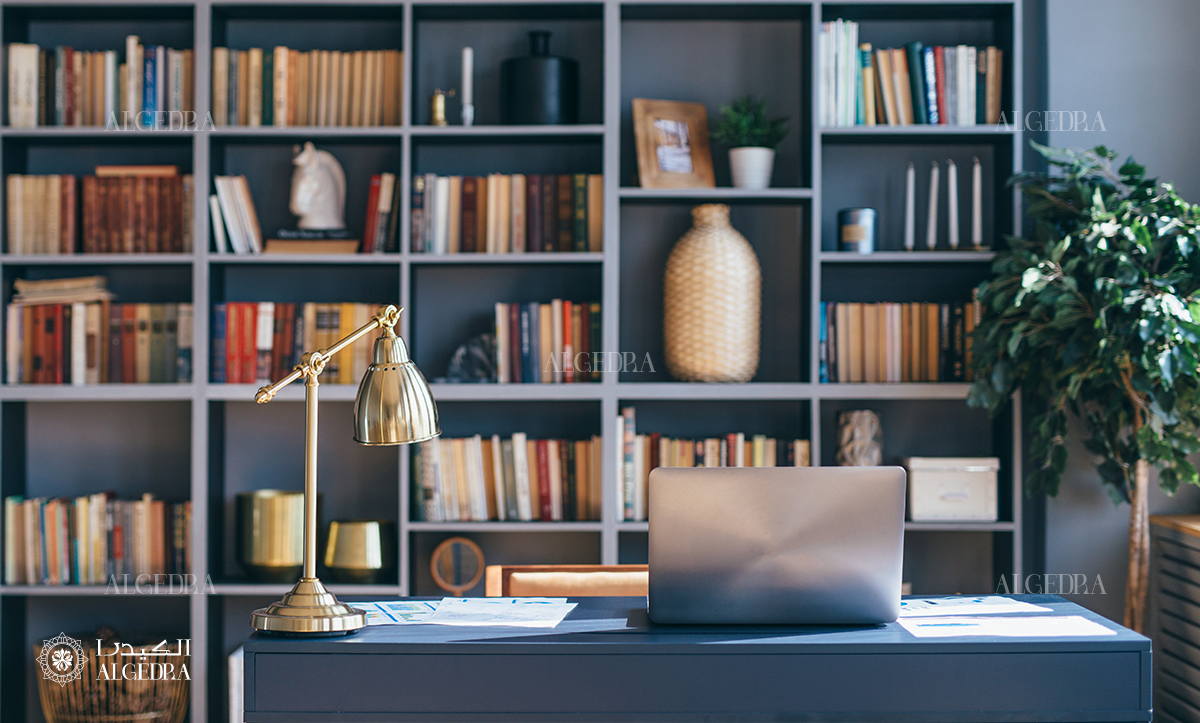
Additionally, utilizing soundproof partitions or strategically placing furniture can provide privacy and minimize disruptions from other activities or family members sharing the space.
4.4 Privacy and Personalization
Respecting privacy is crucial within multifunctional spaces. Designers can address privacy concerns by incorporating privacy screens, curtains, or frosted glass partitions to create secluded areas for focused work or confidential meetings.
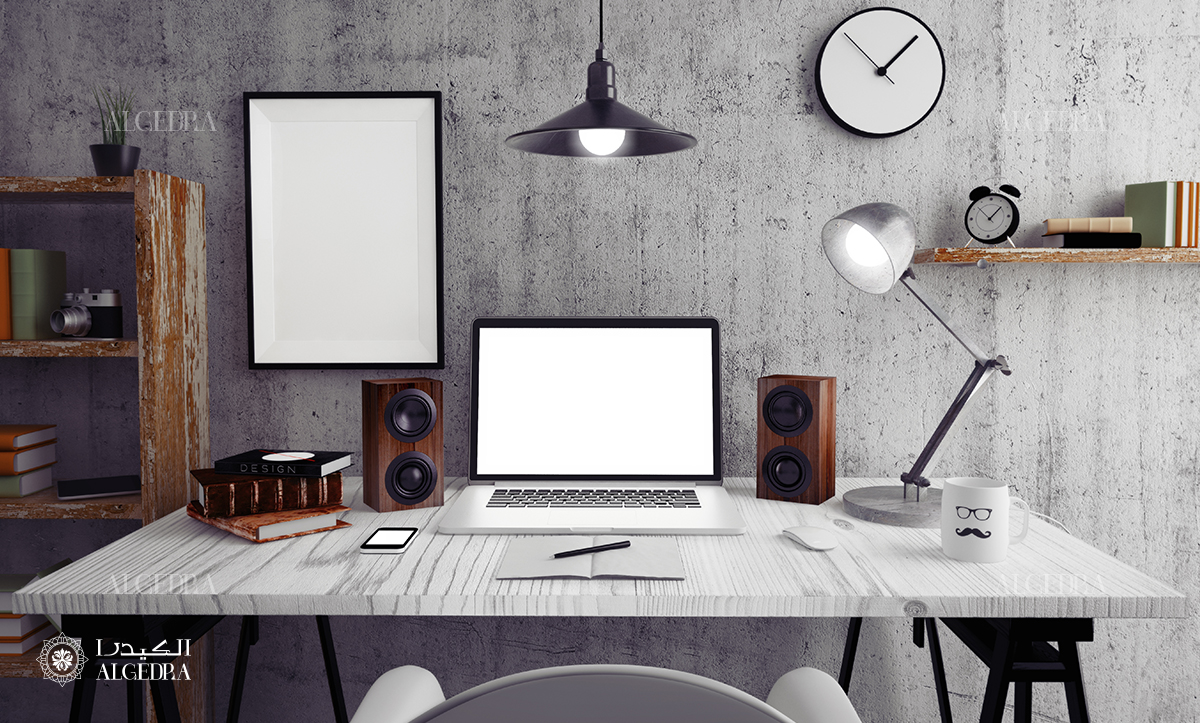
Moreover, allowing for personalization through artwork, décor, or personalized touches adds a sense of identity and ownership to the space, making it more inviting and reflective of the homeowner's style and preferences.
5- Benefits and Implications of Multifunctional Spaces
5.1 Increased Productivity
Multifunctional spaces promote productivity by providing dedicated areas for work, minimizing distractions, and optimizing the work environment. With designated workstations and proper ergonomics, individuals can create an environment that supports focus and concentration, enhancing their productivity and overall work performance.
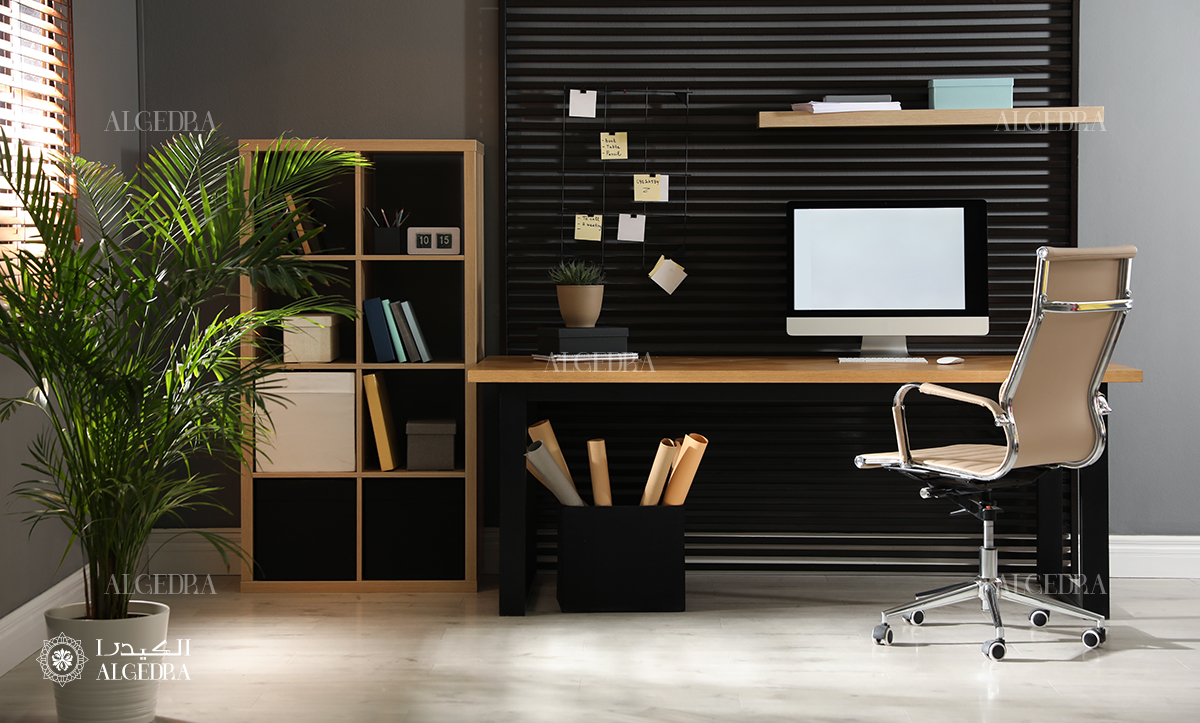
5.2 Flexibility and Adaptability
One of the key benefits of multifunctional spaces is their inherent flexibility and adaptability. These spaces can easily accommodate changing needs and activities, allowing for seamless transitions between work, relaxation, and family time.
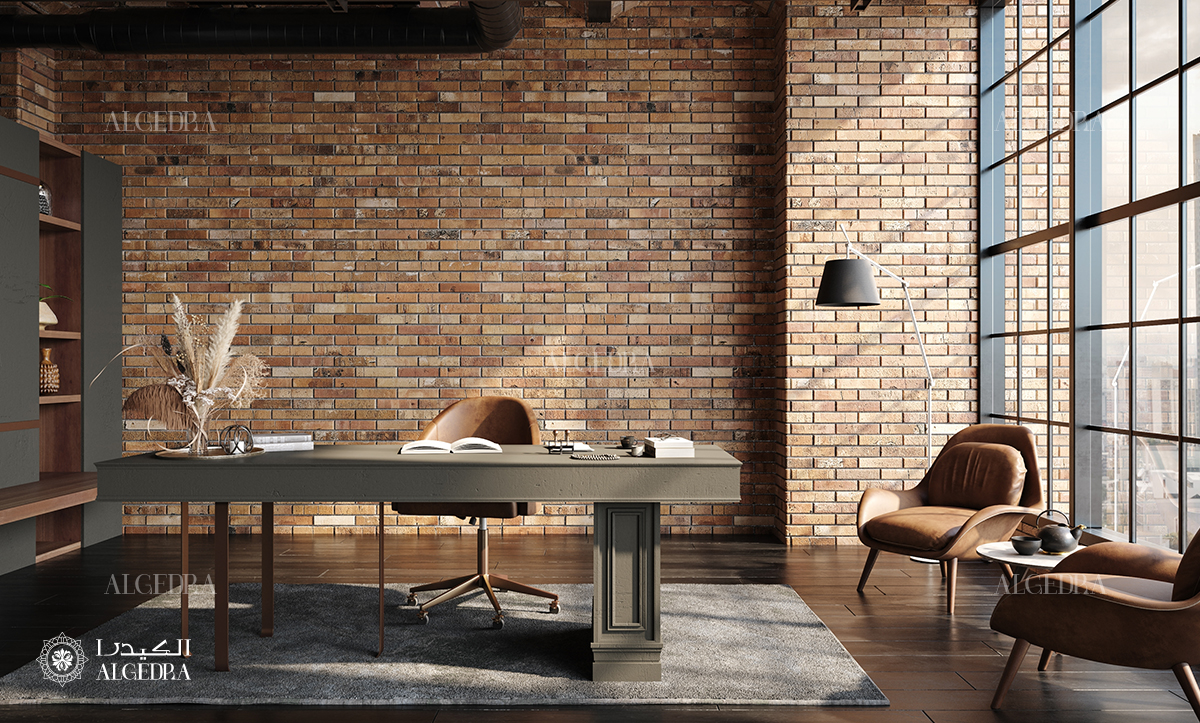
This flexibility is particularly valuable for individuals with hybrid lifestyles or those who require spaces for various purposes throughout the day. The ability to adapt the space to different tasks and situations promotes efficiency and work-life balance.
5.3 Cost-Effectiveness
Adapting existing spaces within the home for multifunctional use can be a cost-effective solution compared to building separate office spaces or renting external workspaces. By utilizing the available square footage, homeowners can optimize their living space and avoid additional expenses while still enjoying the benefits of remote work.
This cost-effectiveness makes multifunctional spaces an attractive option for individuals seeking to create functional work environments within their homes.
5.4 Improved Well-being
Multifunctional spaces designed with consideration for natural light, greenery, and ergonomic principles can significantly contribute to improved well-being. Access to natural light has been linked to enhanced mood, increased productivity, and better overall health. Incorporating indoor plants or green elements brings a sense of nature and tranquility to the space, promoting relaxation and reducing stress levels.

Additionally, prioritizing ergonomic design features ensures physical comfort and reduces the risk of work-related ailments, supporting the well-being of individuals using the space.
Conclusion
The rise of remote work and hybrid lifestyles has necessitated the transformation of residential homes into multifunctional spaces that can accommodate the evolving needs of individuals. By embracing interior design principles such as flexibility, zoning, natural elements, and ergonomic considerations, homeowners and interior designers can create versatile and productive environments that seamlessly integrate work and personal life.